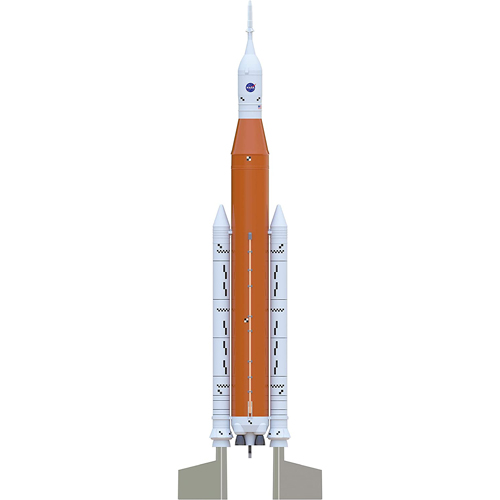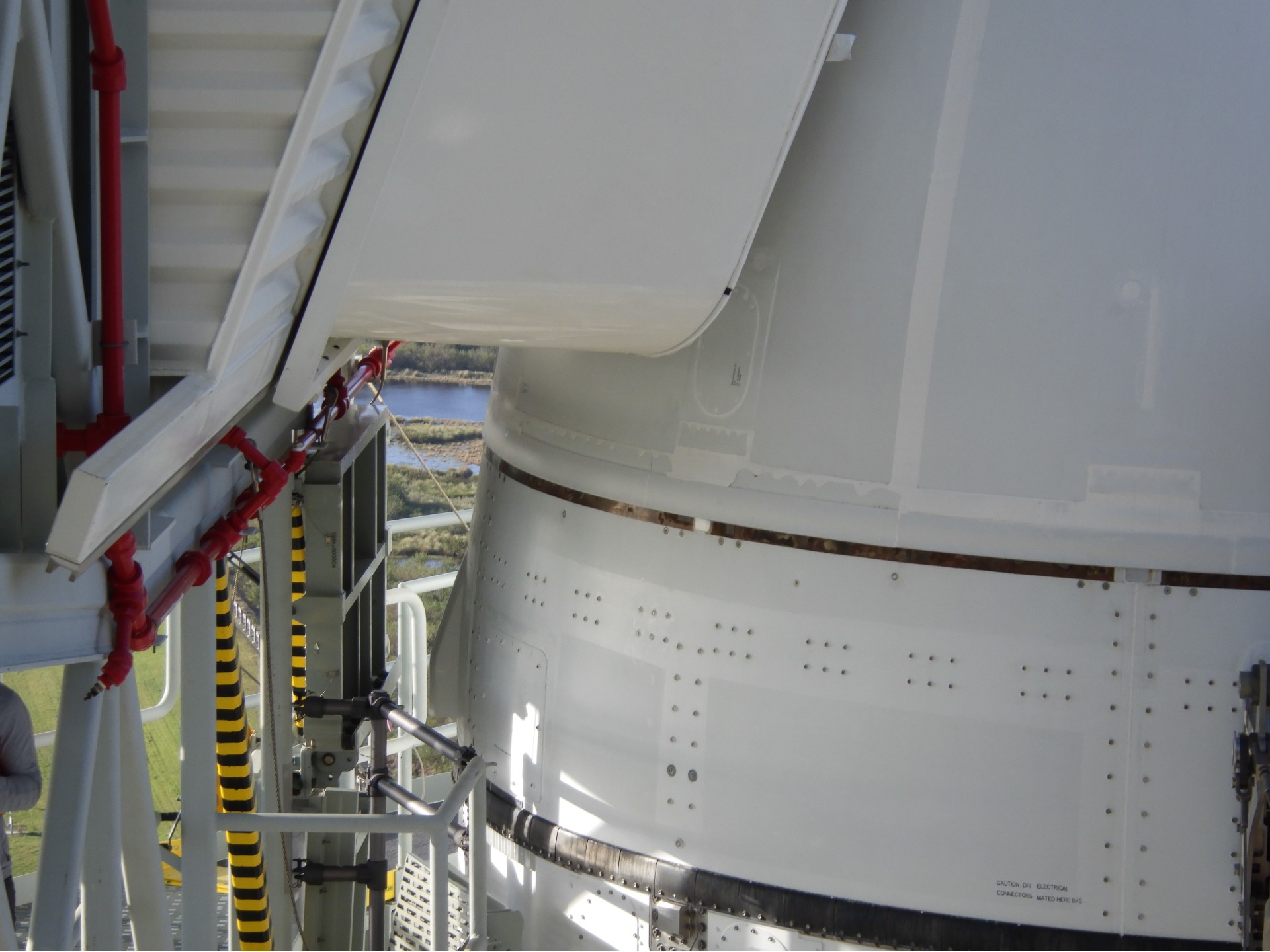Update: NASA's Artemis 1 moon rocket launches on lunar test flight
Liftoff of NASA's $4.1 billion mega moon rocket is set for Nov. 16 at 1:04 a.m. EST (0604 GMT).
Update for 2 am ET: NASA successfully launched the Artemis 1 moon mission on the first Space Launch System rocket at 1:47 am EST (0647 GMT) in a stunning success. Read our full Artemis 1 launch story. You can also see amazing photos of the Artemis 1 launch, the first photos from the Orion spacecraft and learn what's next for Artemis 1 on its 25-day trip to the moon.
CAPE CANAVERAL, Fla. — The countdown has begun for the launch of NASA's beleaguered Artemis 1 moon mission.
Despite some concerns over the damage the $4.1-billion-dollar Space Launch System (SLS) vehicle and Orion spacecraft experienced due to Hurricane Nicole, NASA is moving forward with its current launch attempt. Artemis 1 is currently counting down to a two-hour launch window which begins on Wednesday (Nov. 16) at 1:04 a.m. EST (0604 GMT). You can watch the launch live online here on Space.com courtesy of NASA.
Live event coverage of the Artemis 1 countdown and launch will air on Space.com courtesy of NASA Television, the NASA mobile app, and the agency's official website. Broadcasting of prelaunch activities starts at 3:30 p.m. EST (2030 GMT) when the agency begins the Space Launch System's cryogenic fueling process.
Related: Watch NASA's Artemis 1 launch online for free
Read more: NASA's Artemis 1 moon mission: Live updates

You can launch a Space Launch System of your own with this Estes NASA SLS model rocket for a 1:200 scale version of NASA's moon megarocket. Read more about it.
Artemis 1 was originally scheduled to launch in late August, but glitches with fueling caused a one-month delay. Then came Hurricane Ian, which caused further delays as NASA rolled the Artemis 1 SLS stack off of Launch Pad 39B at Kennedy Space Center (KSC) for the shelter of the massive Vehicle Assembly Building (VAB). After being rolled out to the pad once more on Nov. 4, SLS then had to weather Hurricane Nicole, which subjected the vehicle to high winds while it weakened to a tropical storm shortly after landfall.
Despite the fact that the SLS vehicle and Orion spacecraft experienced some slight damage during Hurricane Nicole, NASA officials are confident in their decision to aim for the Nov. 16 launch attempt. "There's no change in our plan to attempt to launch on the 16th," Mike Sarafin, Artemis mission manager at NASA headquarters in Washington, said during a media teleconference Monday (Nov. 14) after performing analyses of the damage.
Get the Space.com Newsletter
Breaking space news, the latest updates on rocket launches, skywatching events and more!
One of the chief areas of concern is a thin strip of insulative caulking known as RTV that smooths out a small groove encircling the Orion spacecraft in order to prevent undesirable airflow and heating during flight. A section of RTV was torn loose by Nicole's winds, and there are now worries that more could shake loose during liftoff and create a debris hazard for SLS.
Read more: NASA orders 3 more Orion crew capsules for Artemis moon missions

The Artemis 1 mission team has been analyzing the risks associated with the damaged RTV at the same time the massive countdown timer here at KSC continues to tick down to the Nov. 16 launch window.
"The unanimous recommendation for the team was that we were in a good position to go ahead and proceed with the launch countdown," Jeremy Parsons, deputy manager of NASA's Exploration Ground Systems program at Kennedy Space Center in Florida, said during a media teleconference on Monday (Nov. 14).
Artemis 1 will be the maiden voyage for SLS, and the second flight for the Orion capsule after a test flight atop a United Launch Alliance Delta IV Heavy rocket in 2014. If all goes according to plan, the mission will be the first in NASA's new lunar exploration program that will see astronauts orbit the moon with a crewed Artemis 2 launch in 2024, and will put humans back on the moon near the lunar south pole with Artemis 3 in 2025 or 2026.
Artemis 1 will last nearly 26 days when it launches, ending with the Orion capsule splashing down in the Pacific Ocean after reentering Earth's atmosphere at 25,000 mph (40,200 km/h).
Follow Brett on Twitter at @bretttingley. Follow us on Twitter @Spacedotcom or on Facebook.
Join our Space Forums to keep talking space on the latest missions, night sky and more! And if you have a news tip, correction or comment, let us know at: community@space.com.

Brett is curious about emerging aerospace technologies, alternative launch concepts, military space developments and uncrewed aircraft systems. Brett's work has appeared on Scientific American, The War Zone, Popular Science, the History Channel, Science Discovery and more. Brett has English degrees from Clemson University and the University of North Carolina at Charlotte. In his free time, Brett enjoys skywatching throughout the dark skies of the Appalachian mountains.









